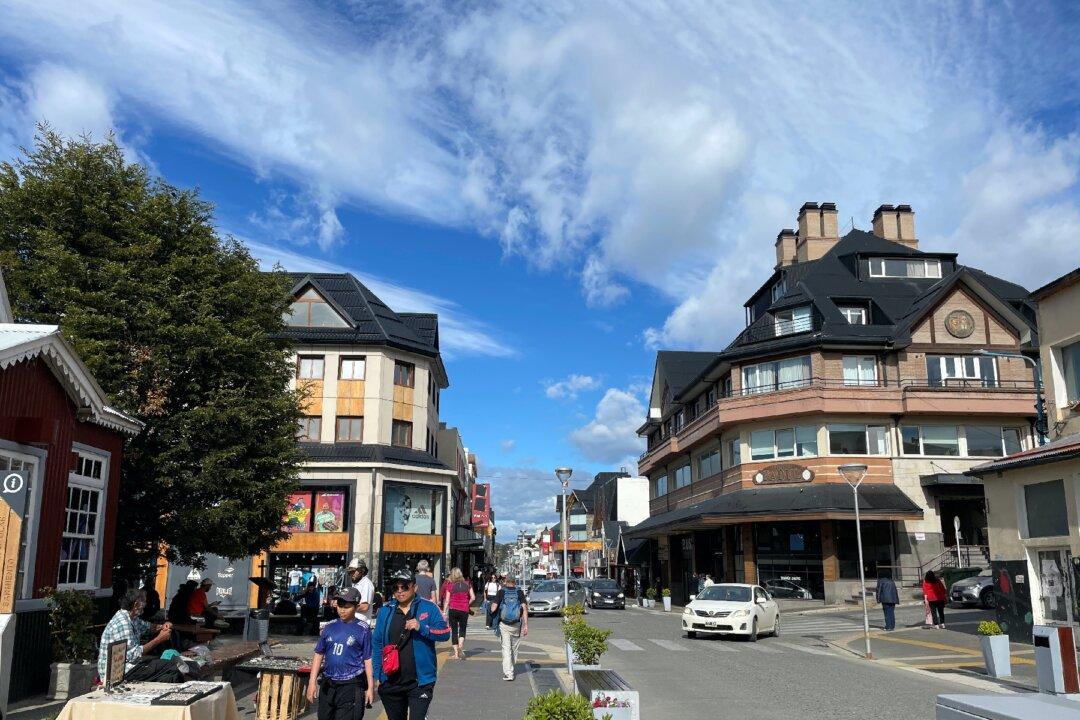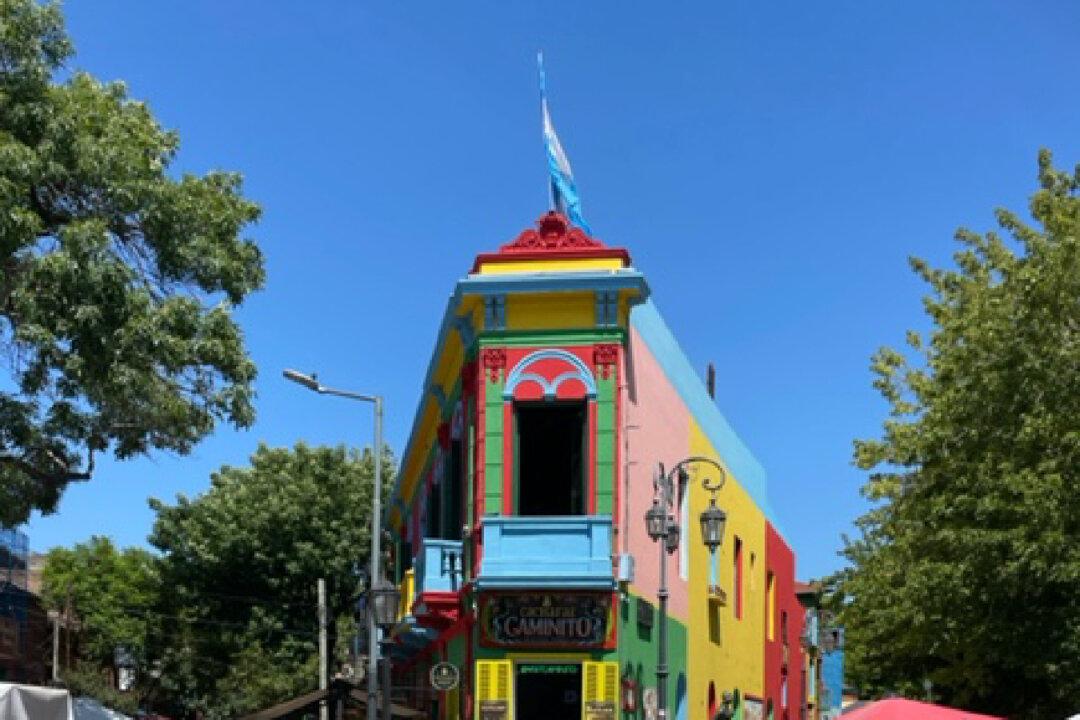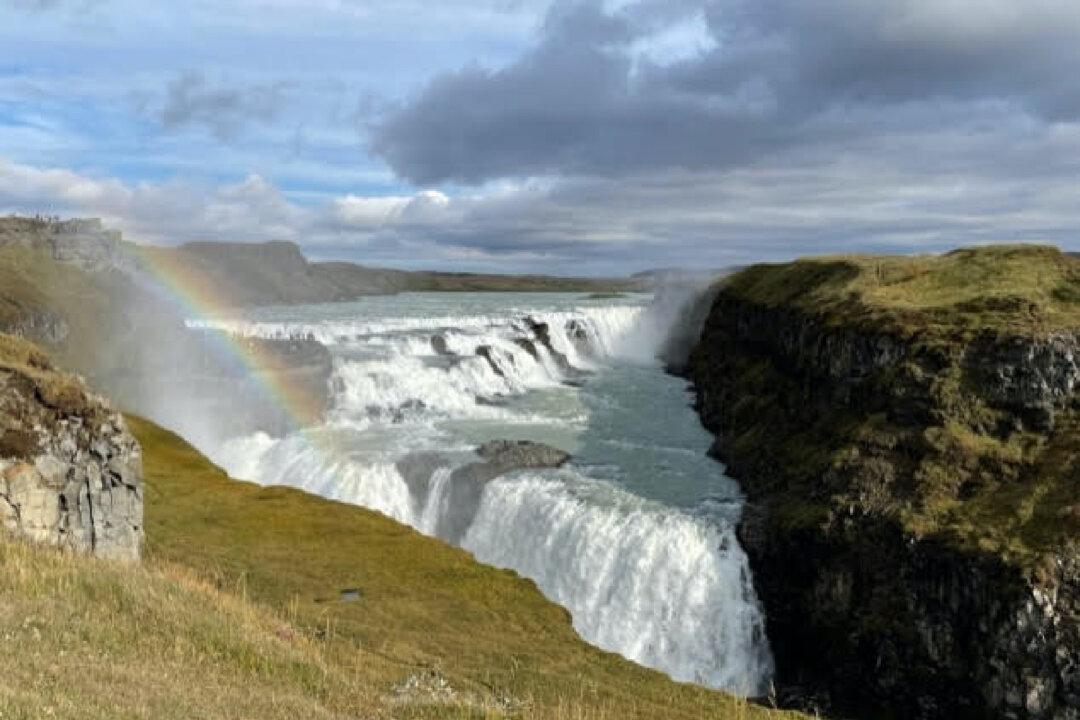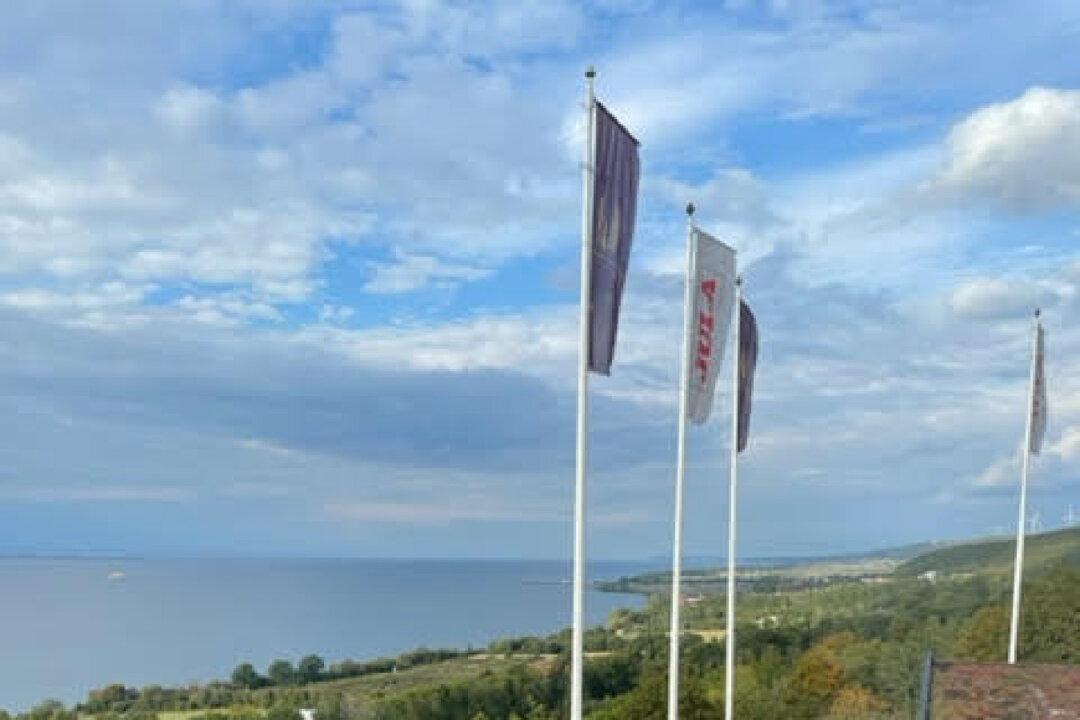On our way to and from an Antarctic adventure on the National Geographic Explorer vessel, my husband and I had a little time to spend in Ushuaia, the southernmost city in the world. It was an unexpected part of our expedition, but we found it was a city worth visiting in its own right. We wished we had budgeted more time to enjoy it.
Our first taste of the city was from a tour bus between the airport and a waiting catamaran that would be our introduction to the Beagle Channel. As we drove through town and then into Tierra del Fuego National Park, our guide shared with us some of the details that make this part of the world so unusual. Often a rainy climate where winds can blow up to 75 miles per hour, this is the only place in Argentina where the mountains, sea, and forest all come together. This makes for excellent terrain when rain turns to snow for visitors to ski, dogsled, and enjoy music events that celebrate the longest night of the year in snowy June. The Andes make a sharp turn here at the southern tip of the continent and begin to run from west to east and then underwater down to Antarctica.





